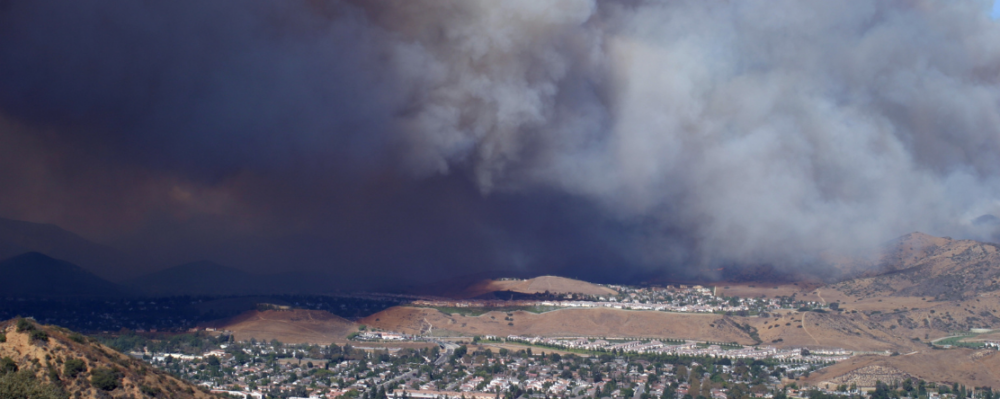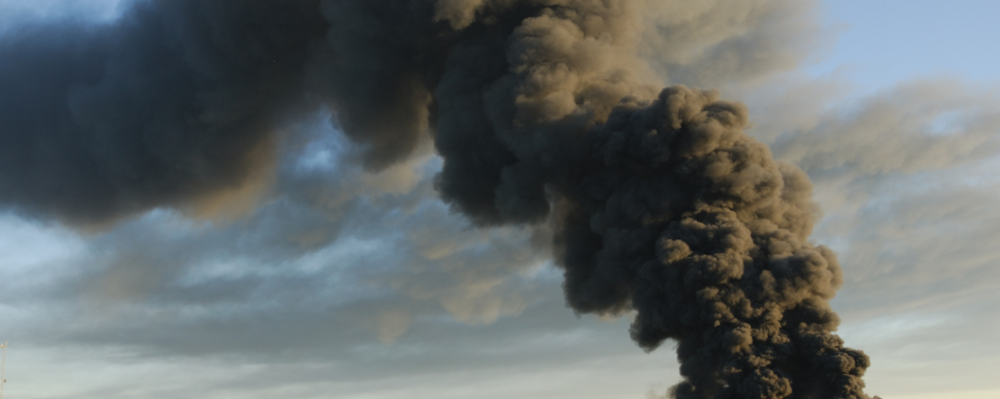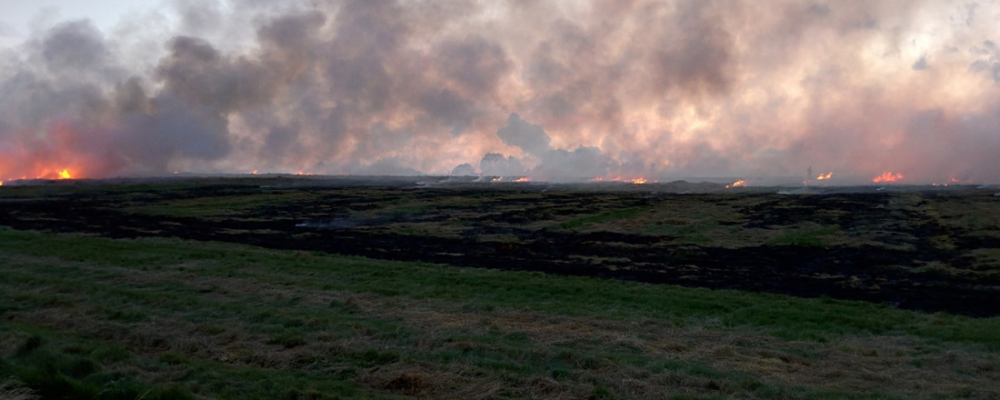
Principles for Equitable Smoke-Free Multifamily Housing
-
Focus Areas
Chronic Disease Prevention -
Issues
Asthma -
Expertise
Public Policy Advocacy -
Programs
Regional Asthma Management and Prevention Program

Exposure to secondhand smoke in multifamily housing is a serious health problem, but how to protect residents of multifamily housing from drifting secondhand smoke has historically been challenging and divisive. Public health and tobacco/nicotine-free networks have largely focused on the adoption of smoke-free housing policies that prohibit or limit smoking at multifamily properties. These policies have often been challenged by tenants’ rights organizations concerned about the consequences of including eviction as an enforcement tool, especially in communities already facing significant housing instability. This conflict has often limited the ability to adequately address the problem of secondhand smoke exposure in multifamily housing.
With PHI’s Regional Asthma Management and Prevention’s leadership and support, the California Healthy Housing Coalition (CHHC) brought together key stakeholders to develop a set of actionable principles that balance health protections with housing stability to aid future efforts to create equitable approaches to addressing this challenging issue. This work leverages over a decade of collaboration between public health and tenants’ rights members.
Principles for Equitable Smoke-Free Multifamily Housing offers consensus-based principles that can serve as a guide for communities interested in crafting an equitable solution that is fair to all parties and does not have disparate impacts on low-income and other marginalized communities. The resource is not prescriptive, instead aiming to guide community stakeholders through a collaborative process that will ultimately help discover and define local solutions that will work best for them. Notably, the Principles do not state if an equitable approach to smoke-free housing can or should include eviction in the enforcement process. Instead, the resource underscores that role of eviction—if any—needs to be determined by the impacted community based on local priorities and resources.
see the full documentPrinciples Equitable Smokefree Housing
Principle #1: Start from a place of empathy and respect for all stakeholders
Principle #2: Equitable approaches to smoke-free housing should be developed and implemented with broad and meaningful community engagement.
Principle #3: Provide accessible and culturally and linguistically appropriate supports, resources, or other accommodations that can help residents comply with the new rules.
Principle#4: Any public policies should apply across all multi-family buildings and include all types of second-hand smoke.
Principle #5: Enforcement must be carefully crafted based on local priorities and available resources.
Principle #6: Build systems of accountability.
Principle #7: An equitable policy is not free; it will require investing in community engagement, time and resources.
Originally published by California Healthy Housing Coalition
Work With Us
You change the world. We do the rest. Explore fiscal sponsorship at PHI.
Support Us
Together, we can accelerate our response to public health’s most critical issues.
Find Employment
Begin your career at the Public Health Institute.


